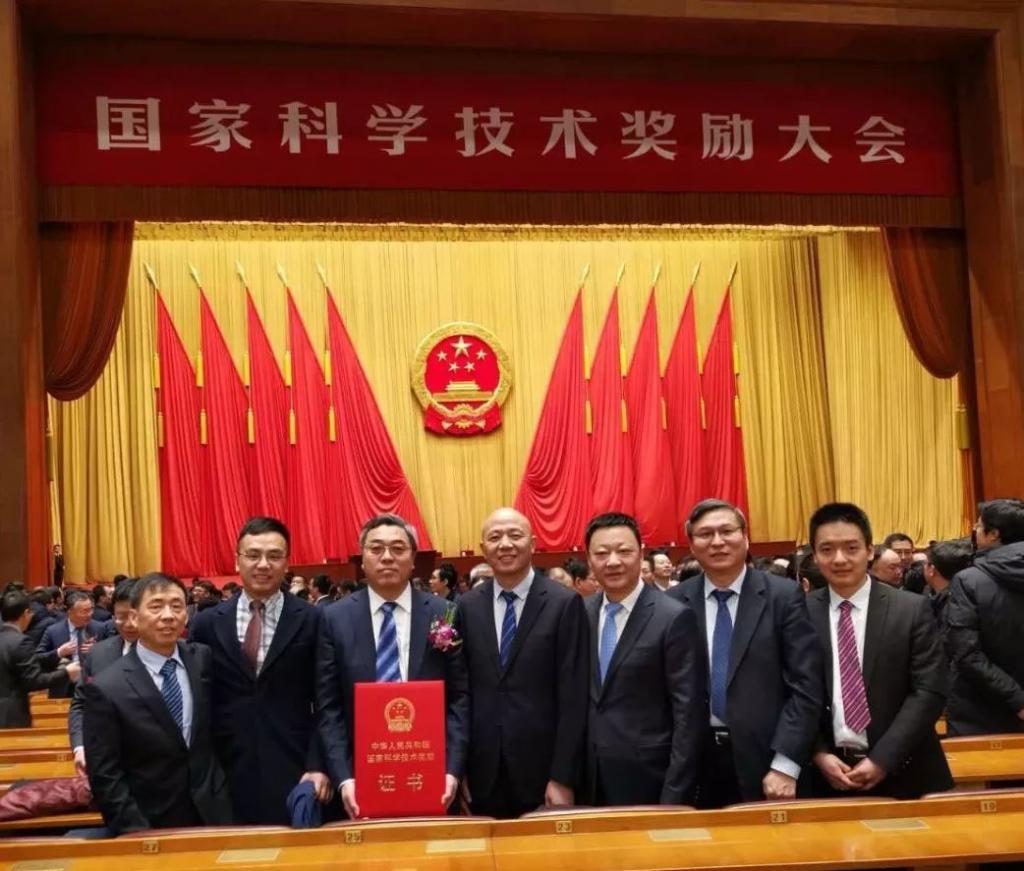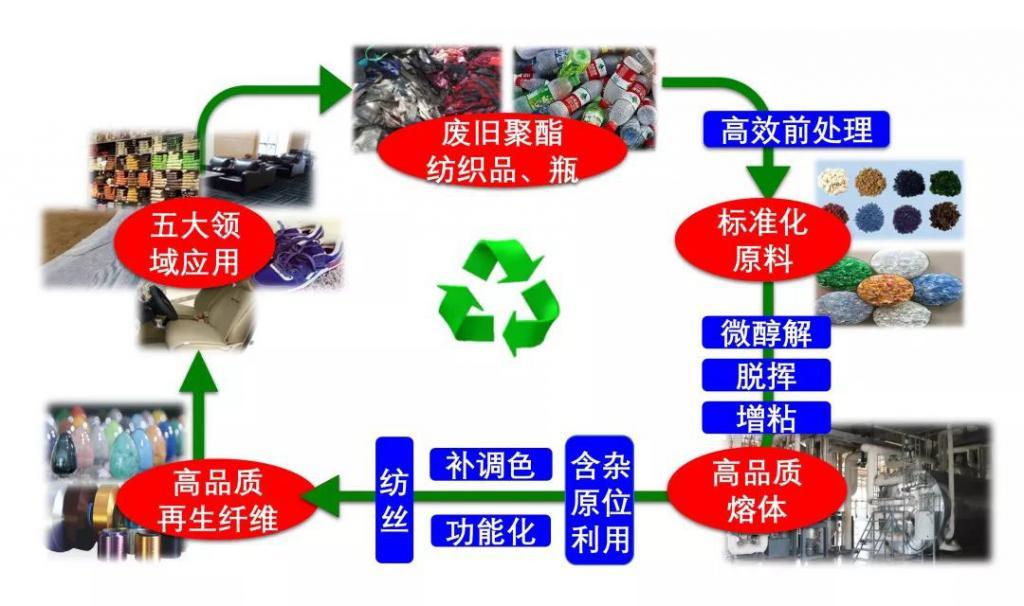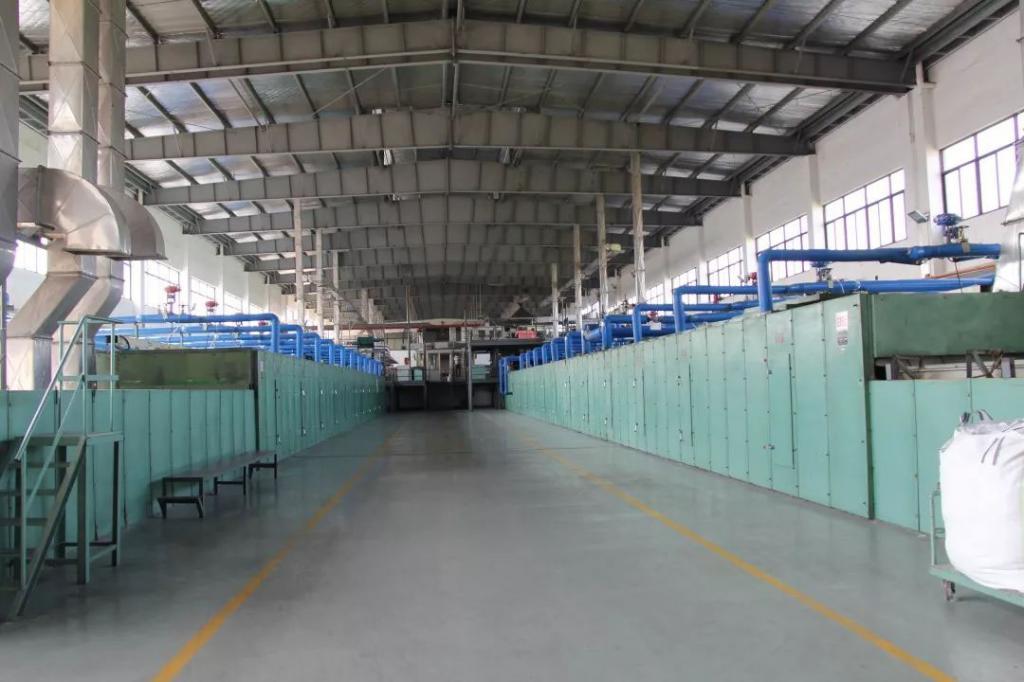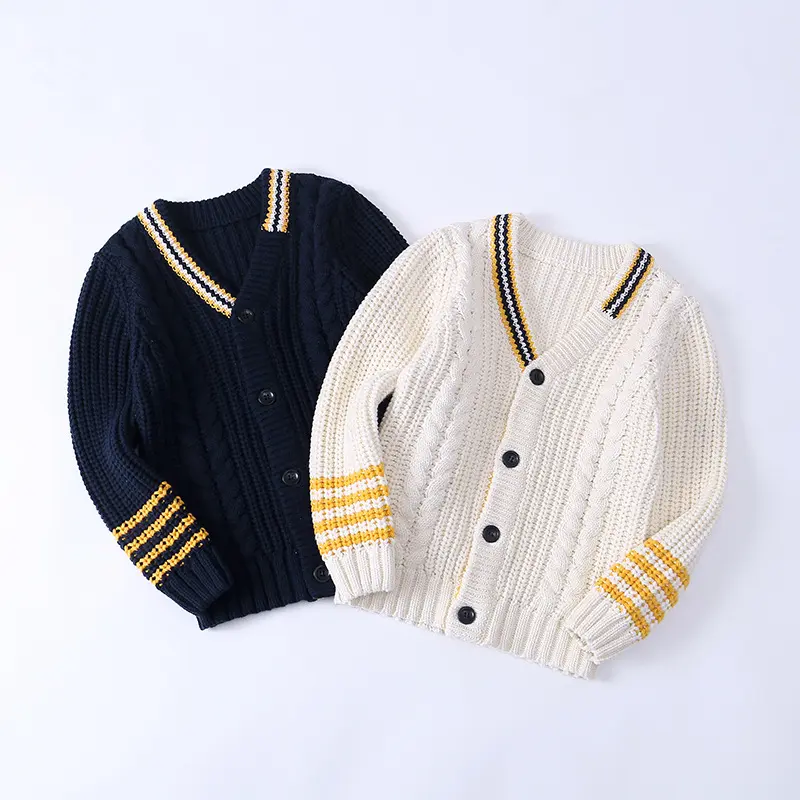Behind the scenes of textile technology "life gate"
The annual National Science and Technology Awards Conference is highly regarded, and the total number of awards per year is not more than 300 according to the regulations. It is worthy of pride that the two textile projects - "expendable technology for waste polyester efficient recycling and fiber preparation industrialization" and "high-performance special braid weaving technology and equipment and industrialization" won the 2018 National Science and Technology Progress Award 2 And other awards. The former closely follows the strategic demand of China's circular economy construction, focusing on the bottleneck of textile green development; the latter is to meet the real-time transmission of deep sea data, deep sea calibration, submarine standard, deep sea exploration, military camouflage, aircraft carrier mooring, marine pasture and other national major strategies and The "behind the scenes" of important people's livelihood needs.
Recently, the reporters talked about the first finishers of the two projects, visiting them to break the international monopoly and create the hardship and perseverance behind the international leading technology.
China's solution for waste polyester recycling technology
Project Name: High-efficiency recycling of waste polyester and industrial integration technology for fiber preparation
Main Completions: Wang Huaping, Qian Jun, Chen Hao, Jin Jian, Dai Zexin, Wang Shaobo, Chen Wei, Tong Wenqi, Xing Xiquan, Fang Yeqing
Main Completion Units: Ningbo Dafa Chemical Fiber Co., Ltd., Donghua University, Haiyan Haili Environmental Protection Fiber Co., Ltd., Youcai Environmental Resources Technology Co., Ltd., China Textile Science Research Institute Co., Ltd., Zhongyuan Institute of Technology
Awards: Second Prize of the 2018 National Science and Technology Progress Award

The main completion person of the project took a group photo at the awards site.
“The total amount of recycled polyester fiber products produced during the project implementation was about 1,177.2 tons, equivalent to the output of 10.8 million mu of cotton; the reduction of CO2 emissions by 3.2 tons per 1 ton of waste polyester textiles was reduced by about 376. The CO2 emission of 10,000 tons is equivalent to the CO2 absorption of 10,000 hectares of forest for one year." From this set of figures, we believe that the project resources of "expensive recycling of waste polyester and industrialization of fiber preparation" have been recycled. Demonstration role.
It is understood that the project has created a Chinese-style solution for the recycling of waste polyester, which has realized the efficient recycling and high-value utilization of waste polyester textiles in China, greatly improved the technical level of polyester recycled fiber, and changed the tradition of producing low-grade products only from recycled raw materials. The concept and the existing pattern have provided new ideas for the development of the fiber resource recycling industry after the comprehensive ban on solid waste imports in China, and promoted the development of the recycled polyester fiber industry to the high-end fiber industry. Therefore, the project won the second prize of the 2018 National Science and Technology Progress Award.
As the first person to complete the project, Professor Wang Huaping of Donghua University has been a well-known scholar in the field of chemical fiber. This is the third time he has won the National Science and Technology Progress Award, but recalled the National Science and Technology Awards, he told reporters. : "It will inevitably be nervous, because any technical point has condensed the team staff's efforts and efforts. In the face of asking questions, it is necessary to express the whole process as much as possible in just a few minutes. Very stressful."
01 origin
China's annual output of polyester is 40 million tons, and fiber and beverage bottles account for over 90%. At present, waste polyester mainly includes waste silk waste blocks in the process of polymer spinning, weaving, dyeing and finishing, scraps in garment processing, wastes after fiber products and bottle consumption, total reserves exceeding 100 million tons, and reclaimed spinning capacity 10 million tons, the regeneration rate is less than 10%, and a large amount of polyester waste is still used as landfill and incineration, which not only wastes resources, but also has a heavy environmental burden. How to solve these waste polyester textiles and polyester bottles, and develop recycling technology to make it recycling is a feasible way to meet the requirements of China's circular economy and sustainable development.
However, waste polyester has many characteristics, large differences in trait quality, contains difficult-to-separate dyeing materials, and hybrid polymers. The resource is very difficult to recycle, and the quality of recycled spinning is generally low. In terms of recycling, the international has already established a mature old clothing recycling system construction and sorting cleaning technology research and development, and formed a resource export , while China's old clothing transactions have not been opened, the recycling system of waste polyester bottles and sorting cleaning technology Not formed. In terms of regeneration technology, it is represented by the chemical method developed by the United States and Japan. It can be regenerated by depolymerization, purification and repolymerization, but a large amount of dyed materials are treated as waste materials, which cannot be reused, and the process complexity costs. High, industrialization is blocked, and most of China adopts simple melt remanufacturing spinning process, which has low product quality and limited application.

Process circuit diagram
In response to the above bottlenecks, starting in 2009, Ningbo Dafa Chemical Fiber Co., Ltd. (hereinafter referred to as “Dafaâ€), Donghua University, Haiyan Haili Environmental Protection Fiber Co., Ltd. (hereinafter referred to as “Haiyan Hailiâ€), Youcai Environmental Resources Technology Co., Ltd. Co., Ltd. (hereinafter referred to as "Yu Cai"), China Textile Science Research Institute Co., Ltd. (hereinafter referred to as "China Textile Institute"), Zhongyuan Institute of Technology and other units, relying on China's chemical fiber recycling cycle technology innovation alliance, comprehensive utilization of waste polyester resources The goal of optimization, high-efficiency cleaning, high-quality and high-value products, and a new approach, proposes a new idea of ​​“required use†and “need to be cleaned†in the process of regenerative hybrids, and independently creates “micro alcohol solution-de-swingâ€. Adding a new regeneration route, and based on this route, the system innovation is the first to overcome the industrial problem of recycling cost and quality of waste polyester fiber products. The performance of waste spinning fiber produced is up to the original level, comparable to international waste polyester. The recycling program has come out of a waste polyester recycling road with Chinese characteristics.
Wang Huaping said: "The perfect cooperation between the project completion units is indispensable. The three research institutes of Donghua University, China Textile Institute and Zhongyuan Institute of Technology are mainly responsible for the research of basic theoretical issues and industrial technology development of project technology, in order to develop high quality differentiation. The series of recycled polyester fiber preparation provides theoretical basis and technical support. During the project implementation process, the organization and coordination of scientific research personnel to jointly tackle the problem, provide scientific research platform support, etc., so that the project can be smoothly implemented; Dafa, Haiyan Haili, Youcai three companies Mainly responsible for the project's industrial engineering technology development and industrialization promotion work, providing infrastructure, production equipment and strong financial support for the project, and established a good product sales channel."
02 Innovation
According to Wang Huaping, the project closely focuses on the strategic needs of recycling and recycling of waste polyester resources in China, based on independent innovation, and under the support of national key research and development plans, in-depth study of the mechanism of action of polyester and hybrid components to homogenize and stabilize The core, surrounded by resource pre-treatment, melt quality control, multi-component in-situ utilization, high value differentiation, formed four major technological innovations.

Project representative product - high quality recycled polyester staple fiber
First, the development of waste polyester textiles and bottles of efficient pre-treatment technology and equipment, to achieve efficient resource and classification and grading standardization, to overcome the resource problems of multi-source waste; Second, the creation of "micro alcohol solution - devolatilization - increase "Glue" new technology, overcomes the problem of multi-source waste polyester recycling spinning stability, quality control and regeneration efficiency; third, research and development of dyeing materials in situ color matching, hybrid polymer in situ utilization, multi-point online addition Sexuality and color matching technology, realizes regenerative and efficient differential combination and flexible switching, which not only breaks through the bottleneck of the use of waste components, but also meets the customization requirements of recycled fiber in application; Fourth, invents low melting point/recycled polyester The compound direct spinning technology solves the problem of regenerative composite spinning, and realizes the unification of low-cost and high-efficiency regeneration and high added value.
“The low melting point/recycled polyester core-sheath composite fiber melt direct spinning technology is mainly due to the regenerative melt. Although the quenching and tempering can ensure the good spinnability of the regenerated melt, there is still a component boost compared to the raw material. Fast, high shear shear characteristics, so composite spinning requires the cortex and core layer to match in the high shear zone, but the commonly used meta-benzene low-melting copolyester formulation is prone to cracking under high shear. The project is based on large Innovative design of molecular structure, research and development of a new formula of multi-co-copolymerization, while meeting the melting point and other indicators, significantly improve the composite spinnability under high shear, to achieve high-pressure high-shear composite, coupled with the development of low temperature Air volume ring blowing, multi-path drafting, low temperature and long-distance drafting, etc., the composite spinning efficiency is increased by 50%, the production rate is 99%, and the original composite spinning production rate is increased by 2%. The product performance is consistent with the original, the fiber cost. Reduced by 16%." Regarding the fourth innovation point, Wang Huaping added.

Project product application display
Based on the above innovations, the project has successively overcome the problems of melt thickening, large fluctuations in melt quality, color fastness of recycled fibers, ecological safety control, and differentiation of recycled fibers, creating a strong adaptability and high competitiveness. Recycled polyester fiber flexible high-efficiency preparation technology system, established a high-value specialized product development system based on the characteristics of recycled polyester resources, and promoted recycled polyester fiber in clothing, home textiles, shoe materials, automotive interiors, geotechnical, etc. Application of the field.
03 achievements
It is precisely because the new process system created by the project takes into account the recycling cost and high quality, which not only makes the performance of recycled fiber reach the original level, but also superior to the original fiber in terms of chromatic aberration and color fastness, and the cost is lower than that of the original fiber. Clean production requirements, so project technology can be recognized by the market and quickly promoted. At the same time, the project closely follows the strategic needs of China's circular economy construction, focusing on the bottleneck of textile green development, and has also won the support of the state and local governments, and the speed of industrialization has also accelerated significantly.

Project representative product - high quality recycled polyester filament
It is understood that the project has built the world's largest "fiber to fiber" efficient recycling and "bottle piece to fiber" scale intelligent renewable polyester fiber production base. In the waste spinning of polyester waste spinning, Dafa and Youcai have established in Cixi, Yuyao and Jiangyin, including ecological imitation, super soft cashmere, full color, geology, special for car interior, low There are 19 production lines of composite regenerated short fibers with a melting capacity of 300,000 tons/year. In terms of waste bottle treatment and differential reclaimed filaments, Haiyan Haili has built 8 special-shaped cross-sections, colorful FDY, POY and ITY filament production lines in Haiyan with a production capacity of 150,000 tons/year. The products are favored by well-known brands such as Adidas, General Motors, Samsonite, Hongxiang, and exported to 15 countries including Europe, America and Southeast Asia. In 2015-2017, the completed unit achieved sales of 7.99 billion yuan, profit of 343 million yuan, paid taxes of 148 million yuan, and earned foreign exchange of 261 million US dollars.

Production site
In the whole project, the construction of the recycling system is a very complicated project. In addition to the influence of technical factors, it is also subject to the public's environmental awareness and national policies and regulations. In the recycling of waste polyester textiles, the project takes the chemical fiber plant as the core and extends to the resource processing company. In addition to its own supporting waste spinning pellet factory, it also cooperates with other pellet factories in Hebei, Henan, Anhui, Fujian, etc. Establish a cooperation base to ensure the supply of resources.
Wang Huaping told reporters: "China's related system construction is still in its infancy. Japan, the European Union and the United States have developed in the construction of recycling systems for a long time, but the forms are diverse, operational stability and long-term performance are also improving. The next stage We are ready to cooperate with downstream brands to establish a joint system of resource-based enterprises, fiber companies, brand enterprises and post-processing enterprises. From the source, we design homogeneous products, define the recycling cycle, and achieve a point-to-point cycle. Consider cooperating with home textile gathering places to establish a point-to-point recycling system, such as curtain recycling system, to ensure that the recycling rate of recycled polyester is gradually improved. In addition, we hope that more units will participate and gradually extend to other places such as nylon and cellulose. The recycling cycle of textiles of various types, even the recycling cycle of large proportions of hybrid textiles."
In the recycling system of waste PET bottles building, the reporter recently in the "recycling high quality chemical fiber industry development forum" also learned that Haley sea salt has gradually force the construction of domestic recycling system. For example, it has established a PET bottle network covering three provinces and one city in the Yangtze River Delta region, including more than 20 self-operated recycling stations and more than 300 cooperative recycling outlets. The annual recycling capacity of polyester bottles can reach 150,000 tons.
The product has high water resistance and moisture permeability, water repellency, anti-mildew and antibacterial properties, anti-bending performance, anti-mite performance. Hydrophilic performance, it feels soft and elastic, and does not deform after repeated high-humidity washing or folding. Non-foaming maintains its original feel and elastic properties.
In addition, we also have Baby Girls Jacket, Baby Girls Vest on sale, select high-quality fabrics, if you are interested, you can contact us. We can custom and wholesale Baby Girls Jackets & Coats.

Baby Girls Knitted Coat,Baby Girl Long Knit Coat,Baby Girl Knitted Matinee Coat,Baby Girl Knit Outerwear
Dongguan Yumuran Garment Co.Ltd , https://www.1movingkidsjacketes.com